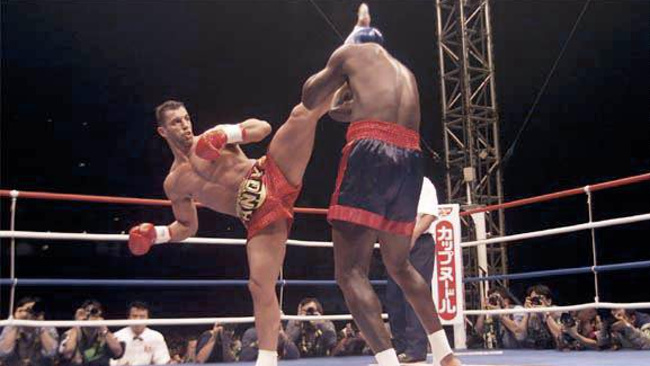On Flexibility and Pain

One of the most rewarding life projects that I've undertaken in recent years has been the development of my overall flexibility and spinal health. It wasn't until later in life, having endured periods of chronic pain and sustained several serious injuries, that I realized the fundamental importance of flexibility. In true form to the nature of good health, which I believe is essentially a complex system of feedback loops, flexibility affects everything, not least of which is the propensity to become injured, and the trajectory of recovery. Herein are some high-level recommendations around flexibility and back health, as the salve to what ails you.
1. Listen to your body
First and foremost, like with most things, pay attention; in this case, to your body. If in the process of warming up or streching, anything feels wrong or painful, stop and regroup. Use pain as a resource.
2. Ask for help, if you need it
At various periods, I've gone back to physical therapy to rehabilitate pain or re-injury, or gone to a general practice doctor to ask for a few days worth of pain medication for back or knee pain. When things get bad, don't put off the process of asking for help or going to a doctor. That being said, avoid Opioids if you can help it, but sometimes you can't.
3. Set a goal
I've found that having a specific goal is highly motivating. Something like: "I want to be able to perform middle splits" or "I wanna be able to axe kick some mo fos". I've found that this helps me to maintain consistency (in some ways, even more than the prospect of not being in pain).
4. Use a lumbar pillow
Any time I'm sitting, I try to use good posture, but if possible, I use a lumbar pillow. These help tremendously for long drives and plane rides. If you can, punctuate sitting with standing and stretching.
5. Sneeze and cough correctly
That&s right, there's a correct way to sneeze. It may sound silly, but sneezing with poor posture is an excellent way to damage your back.
6. Strengthen your core, back, and legs (and everything else)
This may seem a bit paradoxical, but if done correctly (i.e. with solid technique), lifting for strength can really help stabilize and support your entire body. For example, you should be doing:
- Deadlifts
- Squats
- Lunges
- General ab workouts
If you aren't very experienced with these, start SLOW and LIGHT (in terms of weights), and focus on the form. NAIL the technique, then start getting stronger.
7. Practice good posture when bending and lifting
In general, you should be lifting with a straight back and bent knees. This means that when you take a fork and wash it, then go to put it in the dish washer, you should look extremely awkward as you bend only with your knees to put it in the utilsel slot.
8. Consider a standing desk
The harsh reality for folks with lower back problems is that sitting for long periods of time generally leads to pain and tightness. One of the things that's helped me immensely is a standing work station. Better yet, find a desk that easily adjustable, and swap between sitting and standing as necessary. Just be aware that if you aren't used to it, standing for long periods may cause foot pain. For me, this went away after awhile, though I try to stand on a mat when possible.
9. Stretch Regularly
Smaller, more regular habits trump less frequent, longer sessions. Some of the most flexible people I know stretch throughout the day, and focus their attention on a particular weakness. Stretch the whole body, time permitting. Chronic back pain (especially the low back) can be due to tight muscles and tendons that are adjacent to the back.
When I stretch, I'll typically do each of the following movements for 20-30 seconds each, on both sides (I've found this takes a total of 20 to 30 minutes, on average); if I'm busy, I'll do them for 10 seconds each (for a total of around 10 minutes).
Whenever I'm stretching every day (usually right before bed, or before training), I feel really good and don't have any back pain. When I put it off, within a few days, I really start to feel it.
Here's my personal protocol:
Wrists & Forearms
Calves
- Wall stretch (this will stretch your calf AND your Achilles tendon; you do not want a ruptured tendon)
Neck
- Neck Release
- Clasping Neck Release
- Behind the Back Neck Stretch
Arms, Shoulders, & Chest
- Bicep wall stretch
- Tricep stretch
- Cross body shoulder stretch
- Towel chest stretches
- Towel internal shoulder stretch
Legs
Hips (and Psoas)
I've found that many of my lower back issues have drastically improved by working on my hip flexibility; specifically, butterflies (where my wife stands on my knees) and low lunges (Anjaneyasana).Glutes
Back & Abs
8. Other resources
For other starting points, you can find a ton of beginner routines on YouTube!